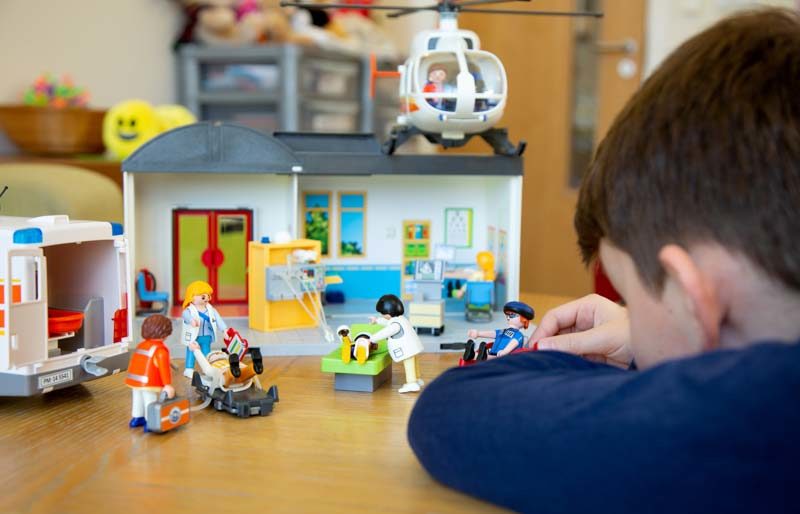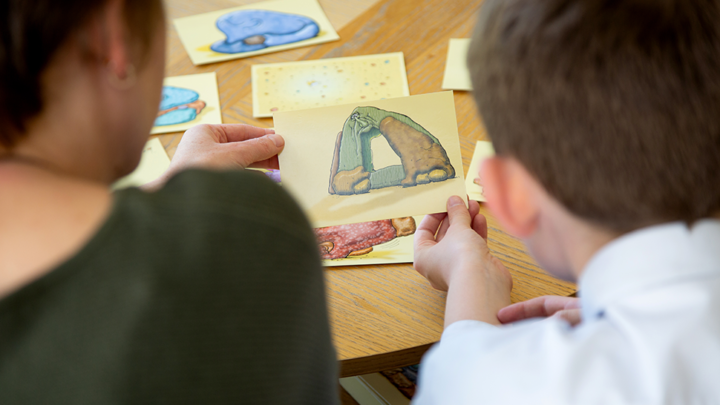Jules Kirk, our Head of Children’s Services, explained, “It is hard for children to avoid over-exposure to sad and traumatic events. Information is often broadcast repeatedly on the news, shared on social media, or is a frequent topic of discussion in playgrounds.
Children worry that something will happen to them, or their loved ones
Children and young people thrive on predictability and security. So when they hear about tragic events, they often link these to their own lives. They worry that something similar will happen to them, or their loved ones.
“They also carefully watch the adults around them to see how serious events are and how worried they should be. As a consequence, they can often adopt the same fears and anxieties as their parents.
Reassurance is of utmost importance
Reassuring children that they are safe, that they will always be protected and be taken care of, is of the utmost importance, Jules continues.
Our advice:
- Questions can indicate what your child is worried about and gauge their level of understanding. Give truthful explanations that make sense of the main facts and are appropriate for their age.
- Sometimes children may show distress through displaying provocative or angry behaviour. You can help your child by setting limits on behaviour, which in turn can help them to feel safe and secure. Encourage them to express their feelings in words or through creative ways through drawing pictures or making a collage of their feelings
- Maintain normal routines as much as possible. This is reassuring during times of stress. Children find comfort and safety in the routines and structures of their everyday lives
- Give children the opportunity to express their thoughts and feelings. Don’t minimize their fear or concerns. Their anxiety is a way of them telling you they are scared. Demonstrate and tell them that feeling sad, angry, confused, or upset is normal after frightening events and that it is okay to feel this way
- Try to limit exposure to media images – on television or on social media
- With younger children, stick to short simple answers to their questions and wait to see what happens next. If they repeat the same question again, they haven’t understood your answer. Keep talking if they ask a follow up question. If they change the subject, then the information you have given is enough for now.
Our Support
Our counselling staff and volunteers have received specialist training to ensure their service is more trauma-informed going forward. The training has been funded by BBC Children in Need.

We have also developed trauma toolkits for children. These include practical ways to help cope with feelings and emotions in their everyday lives. We are teaching children to recognise their own reactions and emotional triggers, and how to regulate these.
